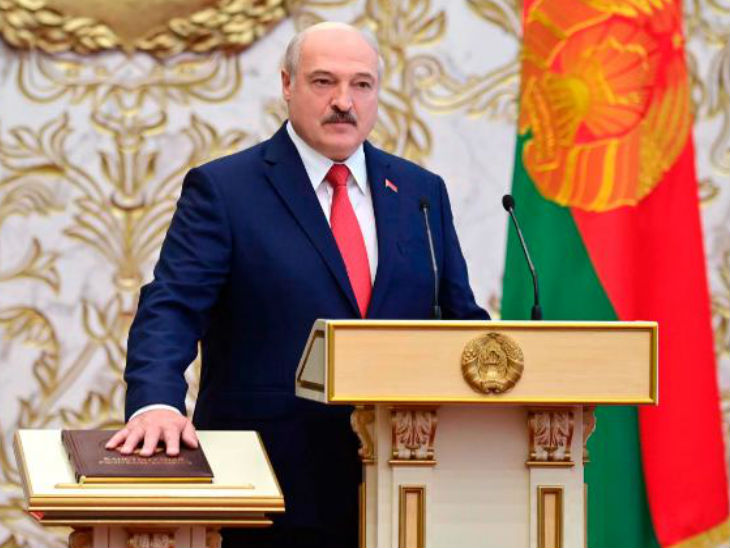NEW DELHI: Uber’s India engineering team has been at the forefront of updating its maps across 150 cities around the world during the pandemic – pointing out containment zones, road closures and new routes that drivers can use to pick up riders in the shortest possible time.
The work is done by Uber’s global scaled solutions (GSS) team. Of the team’s 150 employees, 120 are in Bengaluru and Hyderabad. The remaining are in the US, Netherlands, Mexico and Hong Kong.
While some of the map updation happens automatically through machine learning systems, constant manual interventions are also required.
“During lockdowns, we also used government websites as an authentic source of information to determine which roads were closed or which are Covid containment zones. Once we detected a restriction, the algorithms offered a different route,” says Megha Yethadka, programme management director at Uber.
Mapping updates require GIS, map editing, imagery processing, analytics and engineering skills. The work involves scaled programs covering imagery collection and processing, data curation, and map editing, as well as algorithmic map issues detection, anomaly identification and tooling solutions. “We also receive feedback on map issues and use that input to fix our map data or algorithms,” says Yethadka.
The GSS team is also involved in the localisation of the Uber app. Over the past few months, the team has led more than 200 localisation projects which include in-app messages in local languages to keep riders and drivers updated about new offerings, closure of services, various earning opportunities, and financial assistance. It has also improved product launches through data engineering and analytics programmes and scaled quality assurance for all products and features launched globally, from India.
Another feature that was rolled out entirely from India was the mask detection technology, which determined that a driver had his mask on when he went online. Uber made it globally mandatory for all riders and drivers to wear a mask or a face covering during a ride in May.
“When you onboarded a cab, drivers had to take a selfie and through machine learning (ML), we determined whether he had a mask on. To build that ML model, GSS came in to do all the data collection, curation and the tagging,” says Yethadka.
The first step towards this was to make the computer identify the mask as an object. “We used several images of different masks so that the ML algorithm could identify a mask correctly. It also gives a reminder if you do not wear one before activating the ride.”
The GSS team does this on an internal platform called the labelling platform. This is used for data collection and curation for all machine learning needs across Uber, like digitising physical menus as part of Uber Eats, building bots and personalising customer experience. “No product is launched without GSS engagement. That includes all the QA (quality assurance), bug triage (the process of going through a list of bugs to find those that need assistance, escalation, or follow-up) and diagnostics, localisation of product, and internationalisation of engineering elements. For many products, GSS is the critical path in launch,” says Yethadka.
